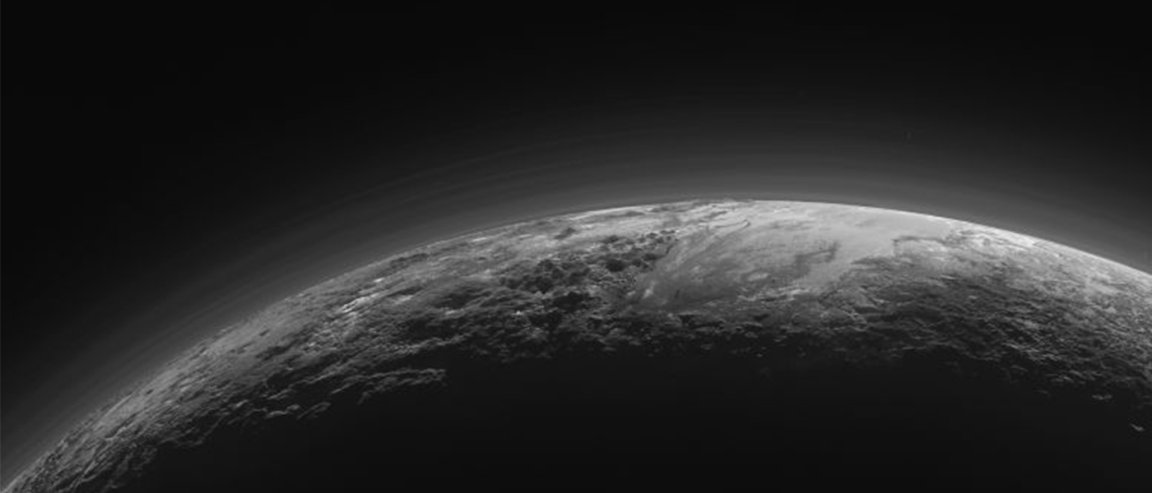
Liquid Oceans A Possibility
Thanks to new Horizons, recently, we have been discovering more and more about Pluto on almost a daily basis—uncovering details that we previously would not have thought possible. These include the fact that Pluto is geologically active, that it had floating hills, and that it has an enormous tail made of methane ion, making it somewhat of a hybrid between a dwarf planet and a comet.
In any case, one thing is now certain: Pluto is not the barren, icy wasteland we thought it was.
Now, in addition to all the new information about the lonely little dwarf planet, in a paper published in Geophysical Research Letters scientists offer evidence asserting that Pluto has partially frozen, partially liquid water underneath all its ice. This theory isn’t new, but a model has been created to further support this claim.
“Our model shows that recent geological activity on Pluto can be driven just from phase changes in the ice—no tides or exotic materials or unusual processes are required,” lead study author Noah Hammond said.
The research points to the Sputnik Planum as a point of reference. NASA describes Sputnik Planum as a “craterless plain that appears to be no more than 100 million years old, and is possibly still being shaped by geologic processes.” It is located in the center-left of Pluto’s heart, nicknamed “Tombaugh Regio” (so named after the man who first found Pluto).
Life As Far As Pluto
The new study states that the absence of compressional tectonic features, or cracks and scarring on the ice, suggests that the innermost layers of the frozen oceans have not frozen enough to turn into “ice II.” This fact gives us hope that Pluto may not be entirely solid.
Learn a bit about ice II in the video below:

“The formation of ice II would cause Pluto to experience volume contraction and compressional tectonic features to form on the surface,” Hammond explained. “Since the tectonic features on Pluto’s surface are all extensional and there is no obvious compressional features, it suggests that ice II has not formed and that therefore, Pluto’s subsurface ocean has likely survived to present day.”
Should Hammond’s model be proven correct, it implies that subsurface oceans (in liquid form) are not impossible in the Kuiper belt, and it raises at least a tiny seed of an idea…that life could survive as far out in our solar system as Pluto.